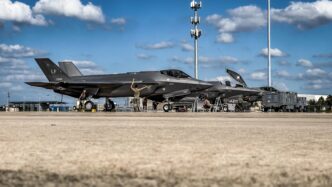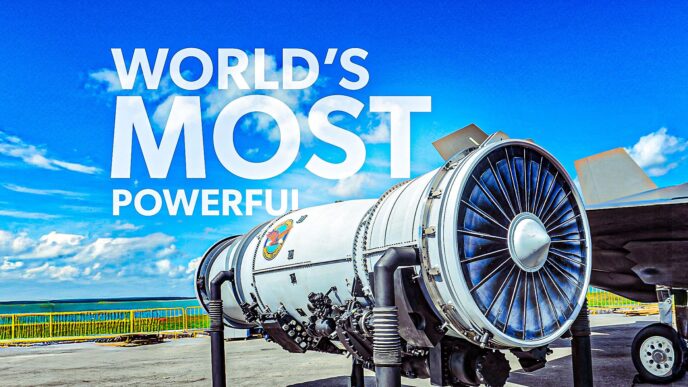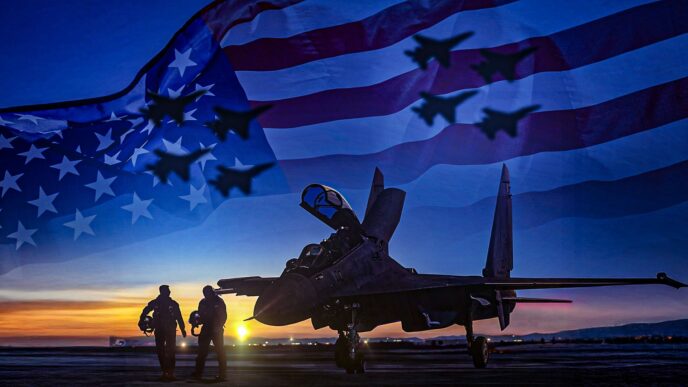Recent insights from the National Security Journal reveal that India is set to decline the U.S. offer of Lockheed Martin F-35 Lightning IIs, a top-tier military aircraft. This decision comes on the heels of the Trump Administration’s unexpected announcement of a 25% tariff on Indian goods. While India and the U.S. have been in talks to finalize a trade agreement by autumn, these new tariffs have thrown a wrench into the negotiations. Although India isn’t expected to retaliate directly, the rejection of the F-35s seems to be a strategic move influenced by multiple factors.
The U.S. had initially proposed the F-35s to India back in February 2025 during Prime Minister Narendra Modi’s visit to the White House. Despite the U.S.’s efforts to pitch these advanced fighters, India has shown little interest in incorporating them into its Air Force. The recent tariff announcement might just be the tipping point. Instead of focusing on defense spending, India is shifting its attention to boosting economic activities. To address the trade deficit with the U.S., India is considering increasing imports of American goods like communications equipment and natural gas, rather than investing in military aircraft.
India’s broader goal is to reduce its trade deficit with the U.S. while maintaining a positive relationship. The F-35s don’t align with India’s long-term strategy, which emphasizes partnerships and domestic production over purchasing foreign-made fighters. Although India doesn’t yet have its own fifth-generation fighter, the country is keen on joint designs and local manufacturing to enhance self-reliance. Even before the tariff complications, India was unlikely to buy the F-35s, as the focus remains on fostering domestic growth and innovation.
#IndiaUSRelations #TradeTalks #DefenseStrategy #F35Rejection #EconomicFocus
Originally reported by Simple Flying Read More













